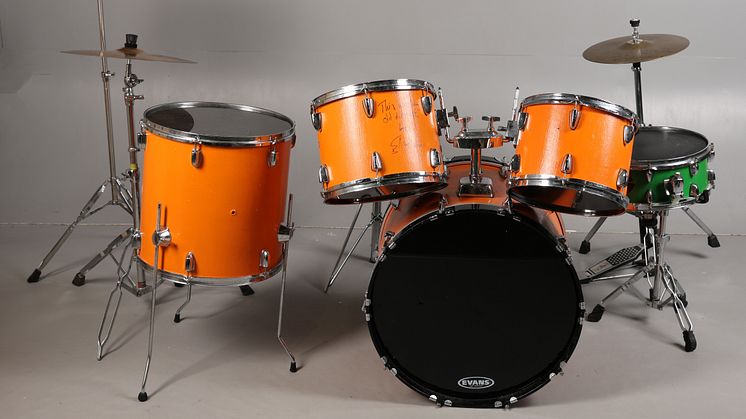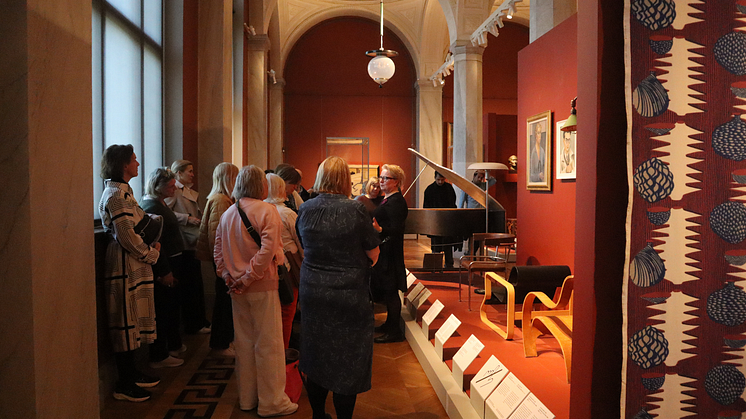Angled skylights to make London daylight glow like Mediterranean sun and 100 mirrors lining a single room – that is only something Sir John Soane could make happen.
By the time of his death, Soane – architect and Professor at the Royal Academy – had already turned his townhouse into a museum. He filled it with thousands of objects: Egyptian antiquities, Roman fragments, casts, models and paintings, arranged with almost obsessive precision. What appears crowded is, in fact, carefully engineered, with interiors designed to show how light, shadow and history interact.
The house and home was designed to be studied, not simply lived in. Every space serves a purpose. The Dome Area channels natural light from above, the Breakfast Room experiments with convex mirrors and colour, and the Model Room places Soane’s own designs alongside the ancient ruins that inspired them.
This December, Auctionet Academy visits Sir John Soane’s Museum, a house created to instruct, inspire and reveal itself piece by piece.
@soanemuseum
Photographs: Soane Museum
#auctionetacademy #london #auctionet



















